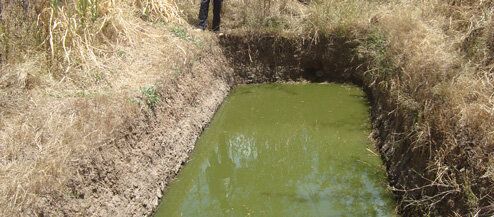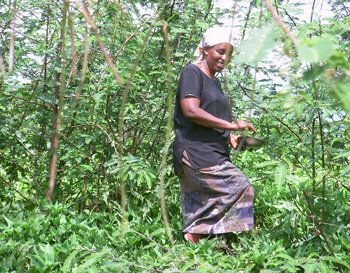About 500 tilapia fish swim about in a brackish pond at the back of Margaret Wanjika's house at the base of Visoy Hill.
She's a member of the Kandutura fish farmers' group and she's almost ready to harvest - an unenviable task that involves getting knee-deep in the murky drink with an unfortunate companion and a net.
But for Margaret it's a price well worth paying; in recent years the popularity of fish farming in Kenya has increased exponentially.

Cheaper and less time consuming than tending maize, beans, and lifestock, many famers have now turned exclusively towards the aquatic.
For most fish farmers though the pond acts as a supplementary money spinner. This is the case with
Margaret, a single mother of four daughters, for whom the fish provide vital additional income.
"I make a loss on my maize and beans," she says, "but I also grow tomatoes and butternuts which make a profit so I am at least comfortable."
Last year she contracted two workmen to dig the pond at a cost of KSH 8,000 ($80) and later bought the fish stock from a breeder in a nearby town.
It's expensive for people to start out but with the going market rate at KSH 200 a fish, a farmer with a generous harvest would soon break even.
And although she is yet to harvest, she is confident that her investment will yield a regular profit, making life easier on the farm.
As a single mother she says she plans her activities according to her ability, which allows her to manage the farm as well as her family. At the moment she is paying for one of her girls to attend secondary school.
Assuming her new fish farming venture pays off, she will be able to provide a better education for all her daughters, she says.
